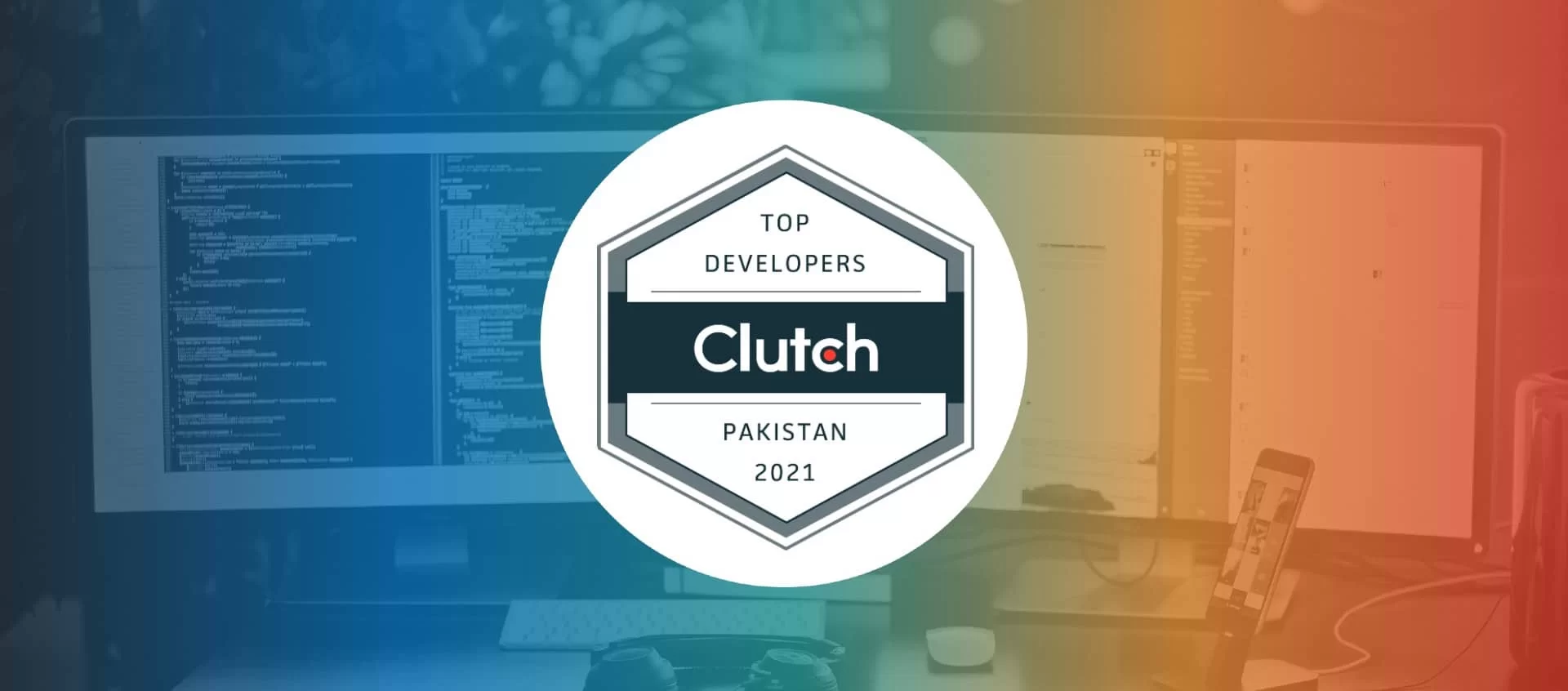In today’s digital-first world, e-commerce has become the backbone of modern retail. Businesses of all sizes are moving online to reach global audiences and deliver seamless shopping experiences. However, creating a successful e-commerce platform goes beyond simply listing products and processing payments. It requires a careful balance of security, usability, performance, and advanced features that meet both business and customer expectations.
For software development agencies, developing e-commerce web applications presents an opportunity to combine technical expertise with strategic insight. A well-designed platform can drive sales, build customer loyalty, and establish a brand’s credibility. On the other hand, poorly executed applications can lead to security vulnerabilities, slow performance, and frustrated users.
This blog explores the critical aspects of building secure and feature-rich e-commerce web applications. We’ll examine the core functionalities that customers expect, the best practices for securing sensitive data, and strategies for creating scalable and maintainable platforms. By understanding these principles, developers and agencies can deliver web solutions that empower businesses to thrive in a competitive online marketplace.
Core Features of E-commerce Web Applications
User-Friendly Interface
The user interface (UI) is the first point of interaction for customers. A clean, intuitive, and responsive design enhances user experience and increases conversion rates. Features like easy navigation, product categorization, and search filters allow customers to find products quickly and make informed decisions.
Secure Authentication and User Management
Security starts with authentication. Implementing multi-factor authentication (MFA), password encryption, and secure session management protects user accounts and sensitive information. Additionally, a robust user management system allows admins to efficiently manage customers, vendors, and roles.
Product Catalog and Inventory Management
A dynamic product catalog with detailed descriptions, high-quality images, and availability status is crucial. Integrating inventory management ensures that stock levels are accurate, reducing the risk of overselling or disappointing customers.
Shopping Cart and Checkout Process
A smooth, intuitive shopping cart and checkout experience can significantly improve conversion rates. Features such as saved carts, guest checkout, multiple payment options, and progress indicators streamline the purchasing process.
Payment Gateway Integration
Secure and reliable payment processing is a cornerstone of e-commerce. Developers must integrate trusted payment gateways that support multiple payment methods, including credit/debit cards, digital wallets, and buy-now-pay-later options. Compliance with standards like PCI DSS ensures that payment data is handled safely.
Order Management and Tracking
An effective order management system allows businesses to monitor order status, manage shipping, and handle returns efficiently. Providing customers with real-time tracking updates enhances transparency and trust.
Analytics and Reporting
Data-driven insights help businesses make informed decisions. Integrating analytics dashboards for sales trends, customer behavior, and product performance allows business owners to optimize marketing strategies and improve user experience.
Security Best Practices for E-commerce Platforms
Secure Communication (SSL/TLS)
SSL/TLS encryption ensures that data transmitted between the user and the server remains private. This is essential for protecting sensitive information such as payment details and login credentials.
Regular Vulnerability Testing
Regular security audits and penetration testing help identify potential vulnerabilities. Addressing these proactively reduces the risk of cyberattacks, including SQL injection, cross-site scripting (XSS), and cross-site request forgery (CSRF).
Data Encryption and Secure Storage
Sensitive data, including customer information and payment details, should be encrypted both in transit and at rest. Using strong encryption algorithms and secure databases minimizes the risk of data breaches.
Role-Based Access Control
Restricting access based on user roles helps prevent unauthorized actions. Admins, vendors, and customers should only have permissions necessary for their functions, reducing the risk of internal misuse.
Regular Software Updates
Keeping all software components, frameworks, and plugins up to date ensures that known vulnerabilities are patched promptly. Automated updates and monitoring systems can streamline this process.
Performance Optimization for E-commerce Applications
Fast Load Times
Website speed is a critical factor in user satisfaction and search engine rankings. Optimizing images, leveraging caching, and using content delivery networks (CDNs) can reduce load times and enhance performance.
Scalability
E-commerce platforms must handle traffic spikes during sales or seasonal events. Implementing scalable architecture, load balancing, and cloud hosting solutions ensures consistent performance under high demand.
Mobile Optimization
As mobile shopping increases, responsive design and mobile-first development are essential. Mobile optimization ensures that users can browse, shop, and check out smoothly across devices.
Search Engine Optimization (SEO)
SEO-friendly URLs, metadata, schema markup, and fast page loading improve search visibility. This attracts organic traffic and increases the potential for conversions.
Advanced Features to Enhance User Experience
Personalization
Tailoring product recommendations, offers, and content based on user behavior enhances engagement. AI-powered personalization engines can suggest relevant products and increase conversion rates.
Chatbots and Customer Support
Integrating AI chatbots or live support options helps users resolve queries quickly. Providing instant assistance improves customer satisfaction and encourages repeat purchases.
Wishlist and Loyalty Programs
Features like wishlists, loyalty points, and reward programs increase customer retention. They encourage users to return, promoting long-term engagement and brand loyalty.
Multi-Language and Multi-Currency Support
For businesses targeting global audiences, supporting multiple languages and currencies ensures accessibility and convenience, expanding market reach.
Reviews and Ratings
User-generated content, such as product reviews and ratings, builds trust and assists customers in making informed decisions. Moderation and verification maintain authenticity.
Choosing the Right Technology Stack
Selecting the appropriate technology stack is crucial for building robust e-commerce platforms. Popular choices include:
- Front-End: React.js, Angular, Vue.js
- Back-End: Node.js, Django, Ruby on Rails
- Database: MySQL, PostgreSQL, MongoDB
- Payment Integration: Stripe, PayPal, Razorpay
- Hosting & Cloud: AWS, Google Cloud, Azure
A well-chosen stack ensures scalability, security, and maintainability, allowing agencies to deliver reliable and future-ready applications.
The Role of Software Development Agencies
Software development agencies play a critical role in building e-commerce platforms that are not only functional but also secure, scalable, and user-friendly. By collaborating with businesses, agencies can:
- Understand unique business needs and tailor solutions accordingly.
- Implement security best practices to protect sensitive data.
- Optimize performance and scalability for seamless user experiences.
- Incorporate advanced features like AI-driven personalization, analytics, and multi-channel support.
- Ensure long-term maintainability through clean code, documentation, and continuous updates.
Agencies act as strategic partners, enabling businesses to leverage technology for growth, efficiency, and customer satisfaction.
Conclusion
E-commerce web applications have become indispensable tools for modern businesses, enabling them to reach wider audiences, drive sales, and enhance customer experiences. Building a successful platform requires more than just listing products online—it demands a careful balance of security, performance, usability, and advanced features.
Secure authentication, payment gateway integration, and role-based access control protect both business and customer data, while responsive design, fast load times, and mobile optimization enhance user satisfaction. Incorporating advanced functionalities such as personalization, AI chatbots, loyalty programs, and multi-language support helps businesses stand out in a competitive market.
For software development agencies, the challenge lies in creating platforms that are both feature-rich and robust. By leveraging the right technology stack, adhering to security best practices, and maintaining scalable architecture, agencies can deliver solutions that empower businesses to thrive online.
Ultimately, the success of an e-commerce platform is measured not only by sales but also by customer trust, engagement, and long-term loyalty. Agencies that focus on building secure, scalable, and user-centered applications will help businesses achieve sustainable growth and a strong competitive edge in the digital marketplace.












